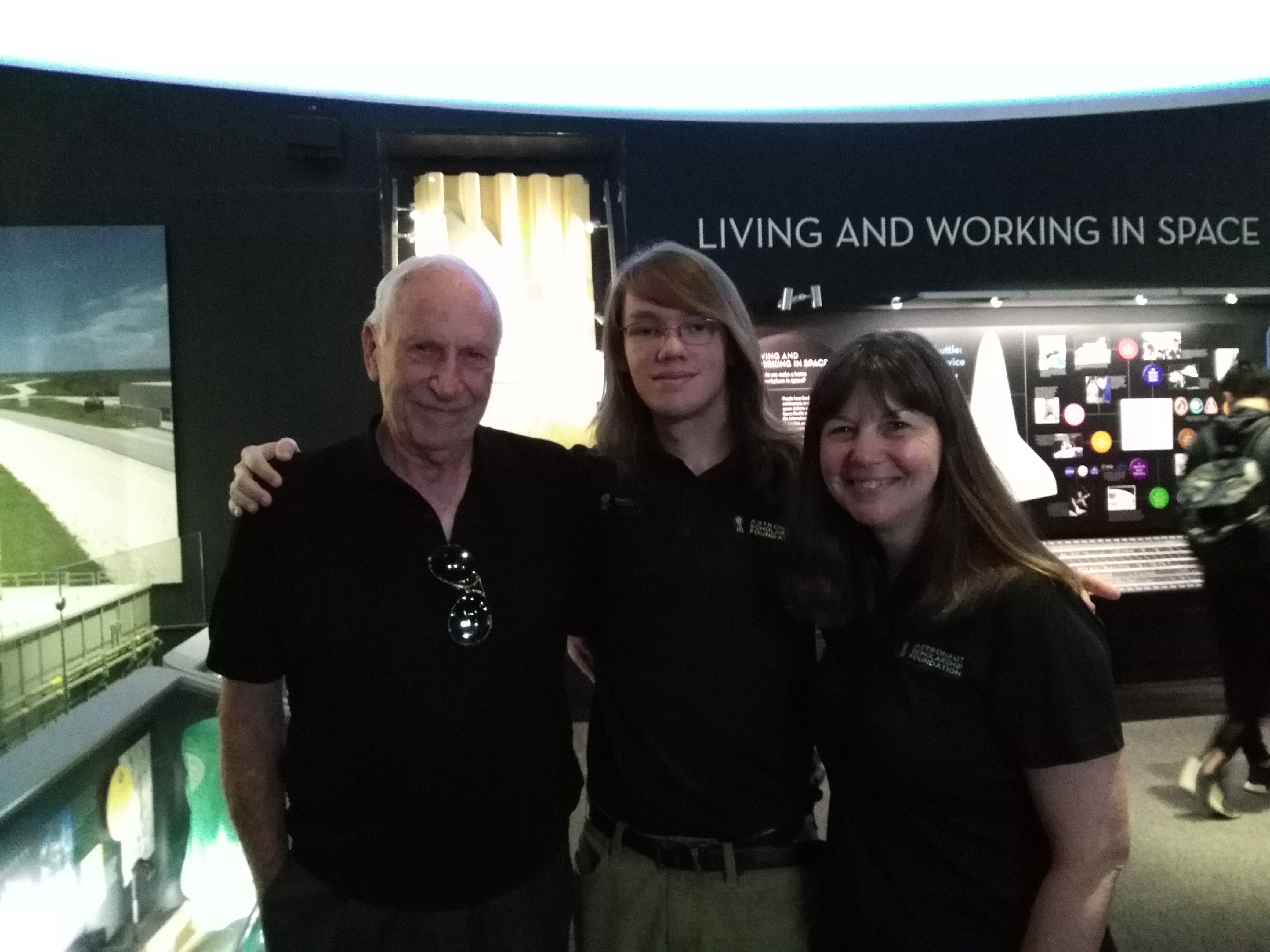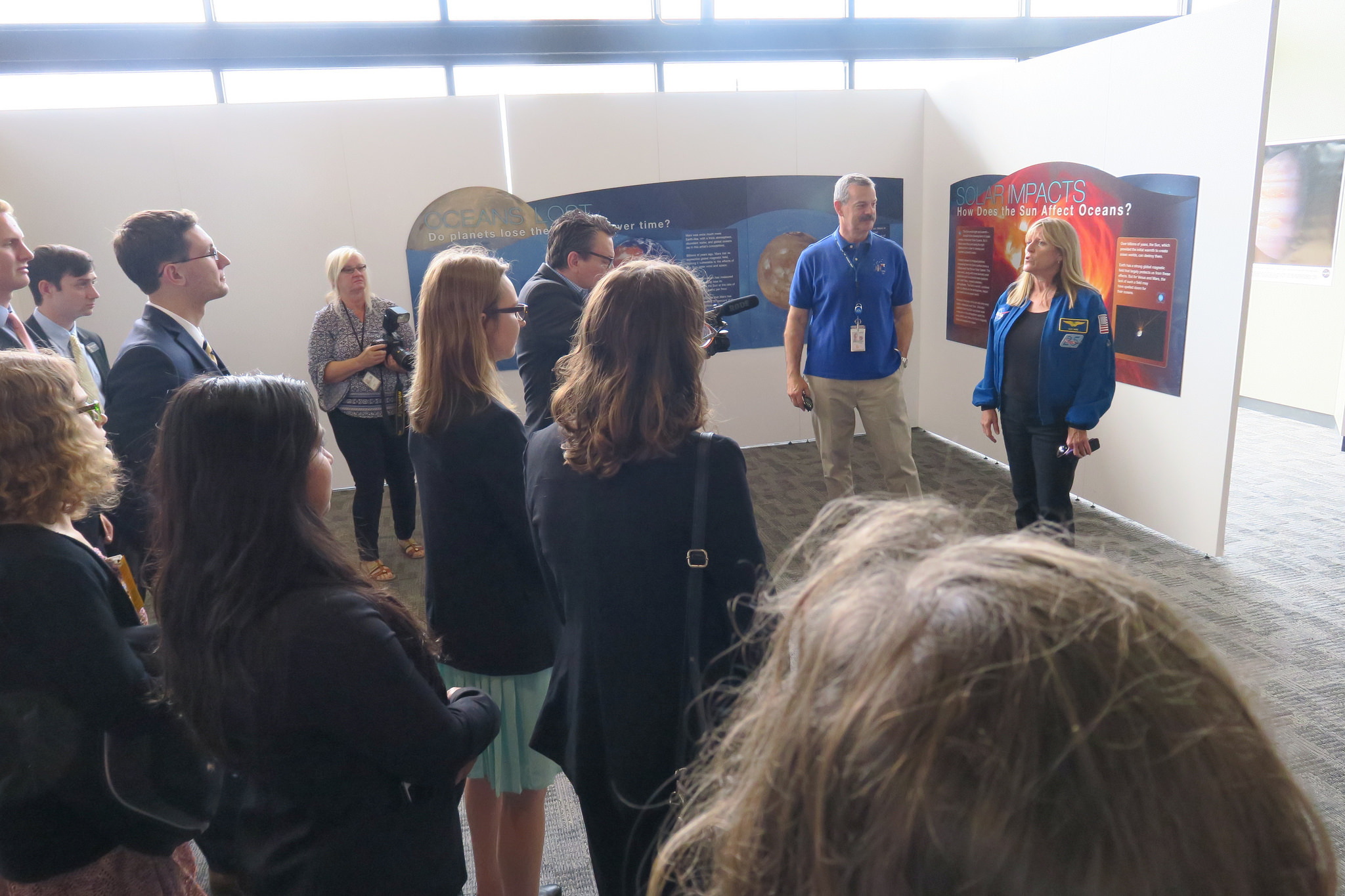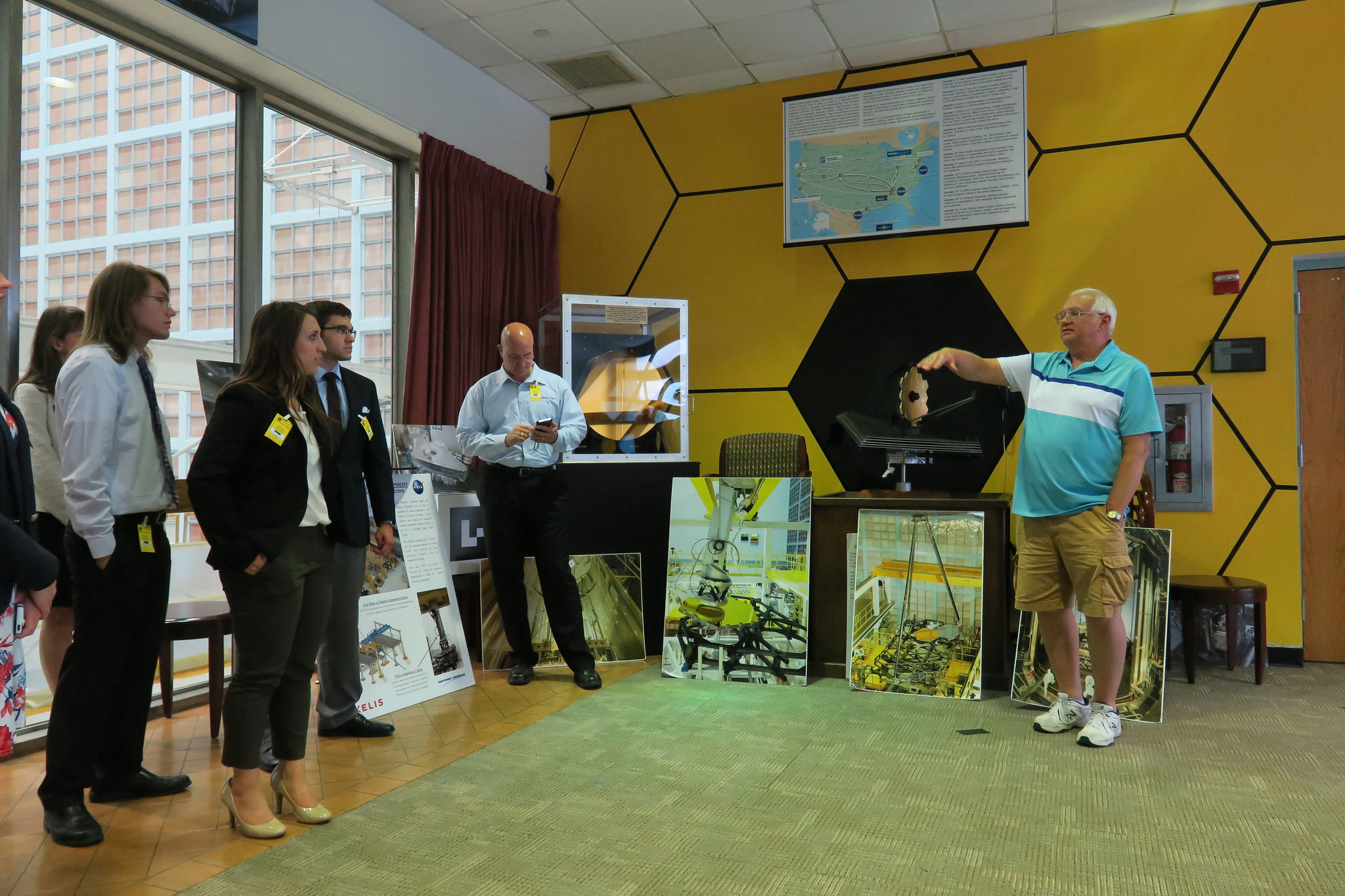Astronaut Scholarship Helps Students Envision Future in Space
When University of Virginia senior Steven Stetzler met former NASA astronauts Al Worden and Catherine "Cady" Coleman, the computer science and physics major said it was "a very surreal experience." Astronauts had always seemed to exist in a different reality from his own, yet here they were, in the flesh, he said.
Stetzler met the NASA astronauts last month in Washington, D.C., after winning a scholarship from the Astronaut Scholarship Foundation, a nonprofit organization. Part of the foundation's goal is to counteract that surreal feeling that Stetzler described and encourage talented young people to consider careers in human spaceflight as something they could seriously do.
"They were very adamant about the idea that you could be an astronaut if you want to be an astronaut," Stetzler said of the people he met during his trip to Washington. [How To Become An Astronaut]

In July, the foundation announced its 2017 scholars — 45 college students who are each awarded $10,000 scholarships. The foundation also sponsored the trip to Washington, which included tours of NASA's Goddard Space Flight Center and the Smithsonian National Air and Space Museum (guided by NASA astronauts, along with museum staff), as well as opportunities to meet representatives from the foundation's corporate partners.
Stetzler said he hasn't decided which subfield of physics he wants to focus on, but is particularly interested in both astrophysics and high-energy physics, because those areas are pushing certain frontiers in computer science.
"I'm interested in the computational challenges of how do we make our data analysis as robust and as fast as possible and how do we make our observation instruments as technologically advanced as possible," he told Space.com.
Get the Space.com Newsletter
Breaking space news, the latest updates on rocket launches, skywatching events and more!
The trip, he said, helped him narrow down some of the career options he has in front of him.
"It'd be really nice to work at NASA and contribute to what they're doing," he said. "I realized if I found myself in a position where I was working closely with space exploration, I would be happy."

Foundation founders
The Astronaut Scholarship Foundation was created in 1984 by the six surviving members of the "Mercury 7," NASA's very first astronaut class — Scott Carpenter, Gordon Cooper, John Glenn, Walter Schirra, Alan Shepard and Deke Slayton — as well as Betty Grissom, widow of the seventh member, Virgil "Gus" Grissom.
"The original Mercury astronauts felt that, somehow, there should be a way for them to use their joint credibility to encourage youngsters to get involved in scientific or engineering pursuits," Shepard, who was the first American in space, said in a promotional video on the foundation's website.
Since its creation, the foundation has given more than $4 million in scholarships to over 400 students, according to its website. Today, its mission is "to aid the United States in retaining its world leadership in technology and innovation by supporting the very best and brightest scholars in science, technology, engineering and mathematics while commemorating the legacy of America's pioneering astronauts."
Part of that assistance is, of course, monetary. Stetzler, who said he is a low-income student, added that the $10,000 scholarship will relieve part of the student loan burden that he'll carry after graduation.
"Getting the money is really important to me, and it's important not to downplay that fact," he said. "[The money] does grant you an incredible amount of freedom to live the way you want to and to not stress while you're in college. … It lets me act more freely and be less stressed at school."
Stetzler said the second biggest benefit of winning the scholarship was meeting and networking with the other winners.
"You get to talk to them and hear about their field of science and what they like about it. And you get to get different perspectives outside of what you're studying in college," Stetzler said. "Gaining that perspective was really important. … So I get to meet all these really cool people and shape my future with them in mind.
"I guess [the trip] also made me realize that … the science community is really an invigorating place to be," he said. "I don't want to leave science after this, after I've met all these cool people that I can be involved with for the rest of my life."

This year, the scholarship winners were paired with career mentors from some of the foundations corporate partners, including the private defense contractor Engility, which has worked for NASA on a range of contracts. Engility also contributes to the scholarships and set up the tour the students took of NASA Goddard, which Stetzler said was definitely one of the funnest parts of the trip. The students also met representatives from some of the foundation's 20 other corporate partners.
Those interactions, Stetzler said, showed him some areas of industry where he thinks he could tackle the kinds of problems he finds interesting, even if it means leaving physics research in favor of more computer-science–based career. But he said he still wants to apply to a physics Ph.D. program soon — he just isn't quite sure where or in what subject.
The trip did help him make one specific decision about his future career path.
"I don't think I could be an astronaut," he said. After meeting real astronauts, he realized that "a lot of these people have been very passionate about being an astronaut their entire life. And they've been training and working hard on the path to being an astronaut. And I realize that that's not really where I want to be."
He laughed and said this might not be the outcome that the Astronaut Scholarship Foundation was hoping for.
But later, when asked what advice he would give to other students considering applying for the scholarship, he said, "They're not looking for people who [are] going to be astronauts specifically, or even aerospace engineers. They're looking for people who are going to be leaders in science and technology. If you're really passionate about whatever subfield of science you're in and making an impact there, you should go ahead and apply, because they'll recognize that."
Follow Calla Cofield @callacofield. Follow us @Spacedotcom, Facebook and Google+. Original article on Space.com.
Join our Space Forums to keep talking space on the latest missions, night sky and more! And if you have a news tip, correction or comment, let us know at: community@space.com.

Calla Cofield joined Space.com's crew in October 2014. She enjoys writing about black holes, exploding stars, ripples in space-time, science in comic books, and all the mysteries of the cosmos. Prior to joining Space.com Calla worked as a freelance writer, with her work appearing in APS News, Symmetry magazine, Scientific American, Nature News, Physics World, and others. From 2010 to 2014 she was a producer for The Physics Central Podcast. Previously, Calla worked at the American Museum of Natural History in New York City (hands down the best office building ever) and SLAC National Accelerator Laboratory in California. Calla studied physics at the University of Massachusetts, Amherst and is originally from Sandy, Utah. In 2018, Calla left Space.com to join NASA's Jet Propulsion Laboratory media team where she oversees astronomy, physics, exoplanets and the Cold Atom Lab mission. She has been underground at three of the largest particle accelerators in the world and would really like to know what the heck dark matter is. Contact Calla via: E-Mail – Twitter









